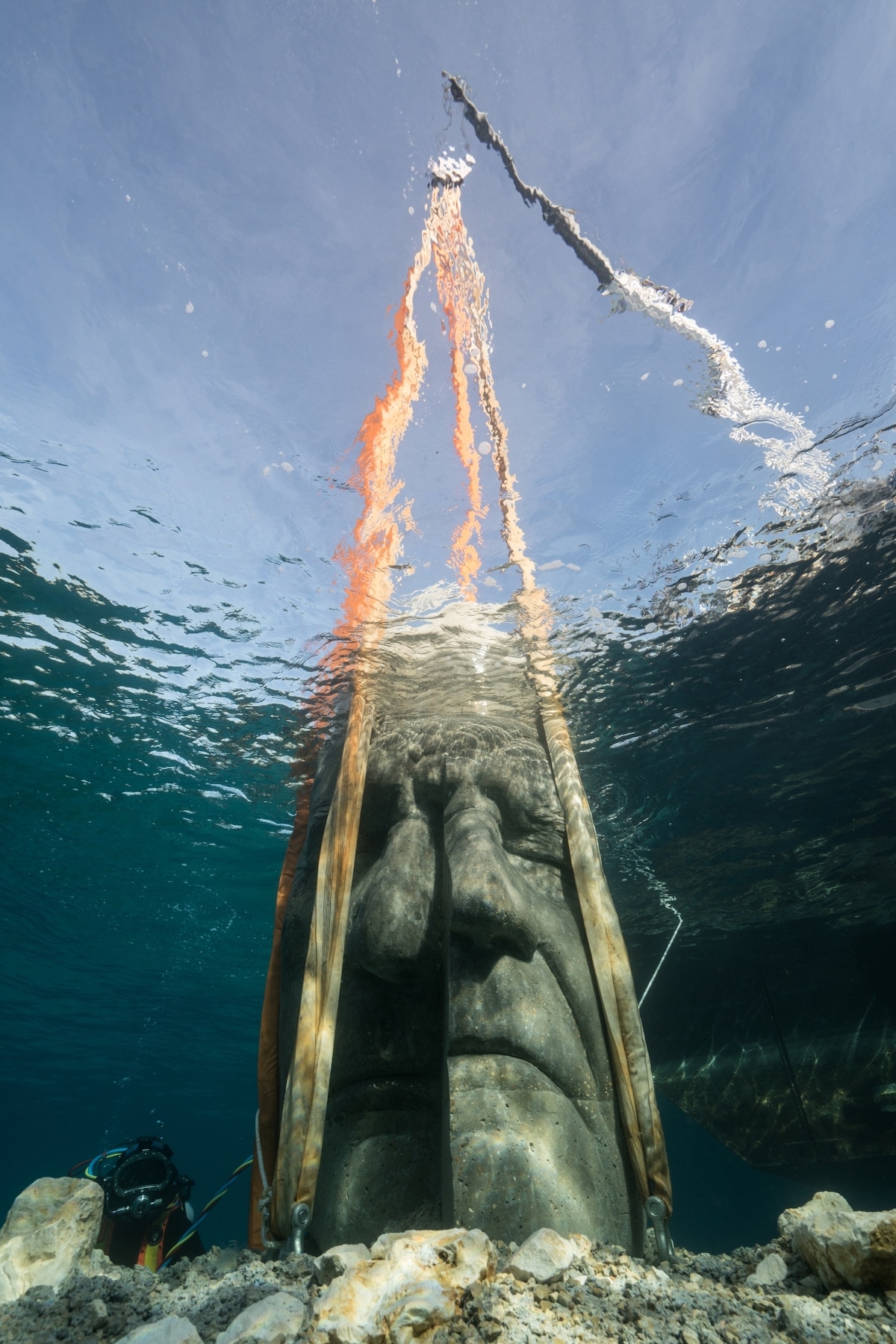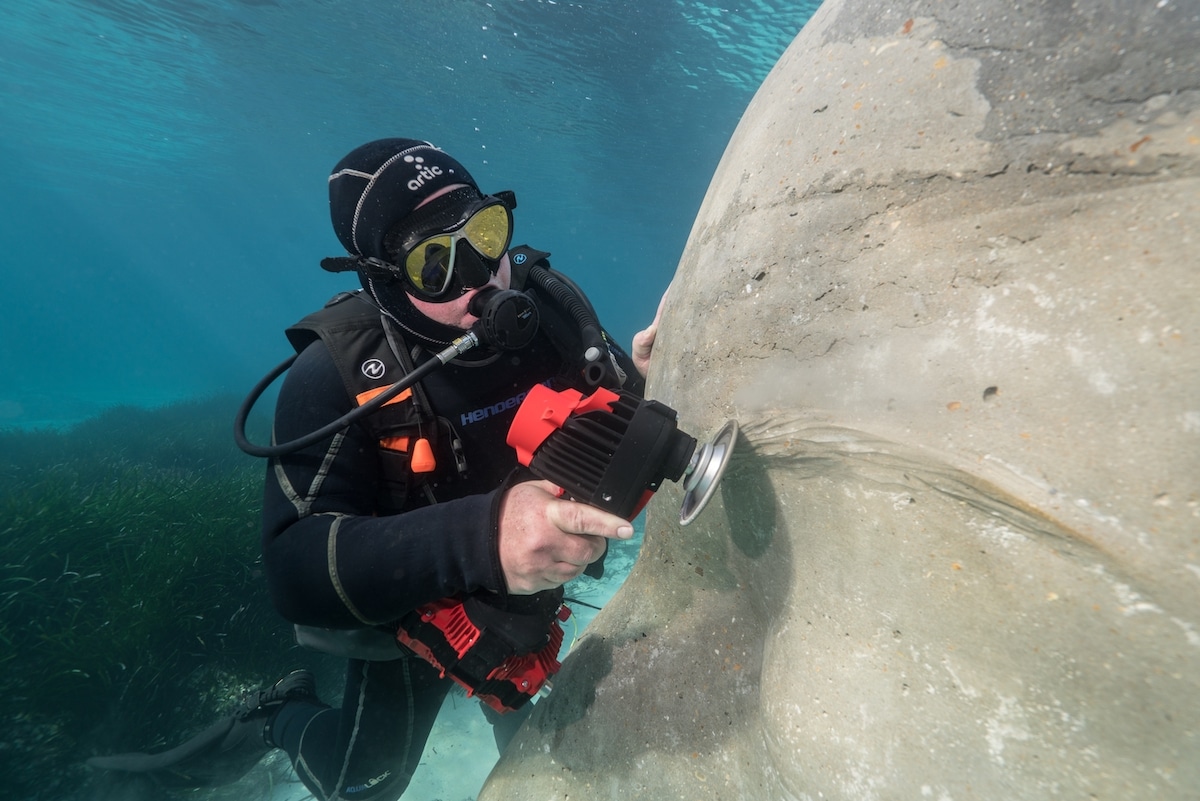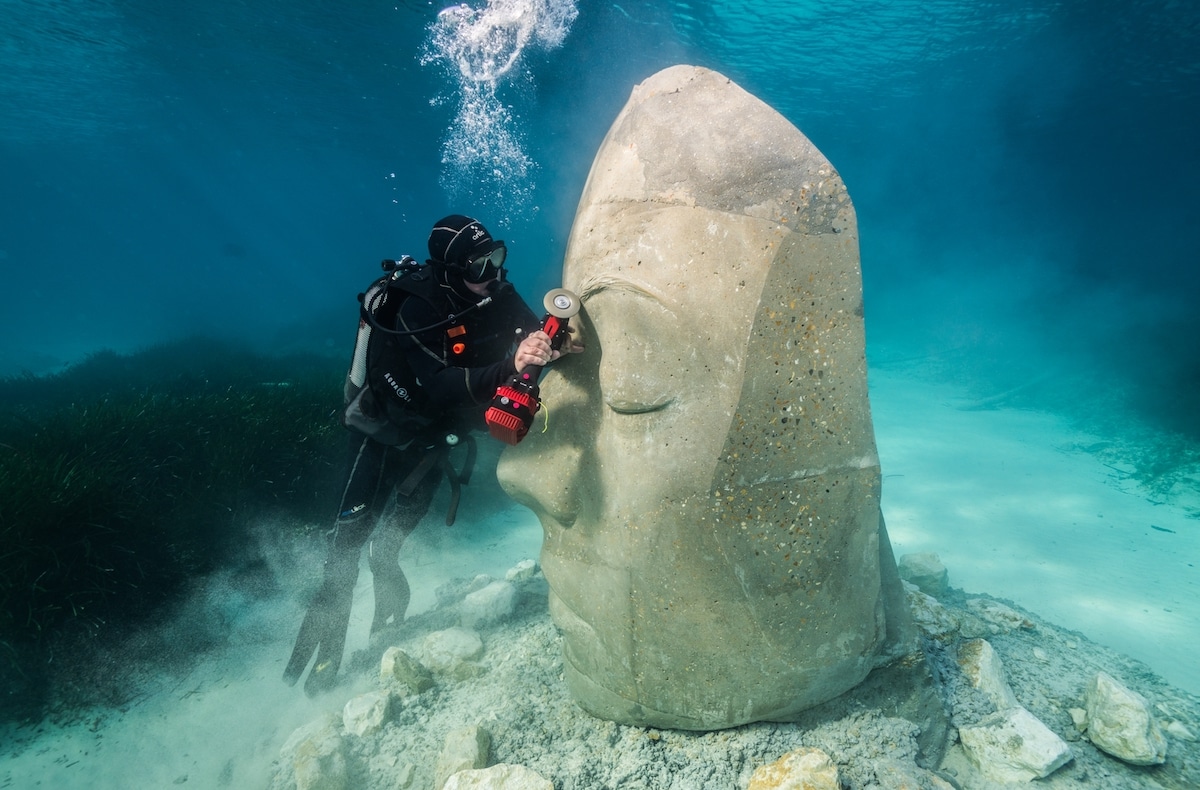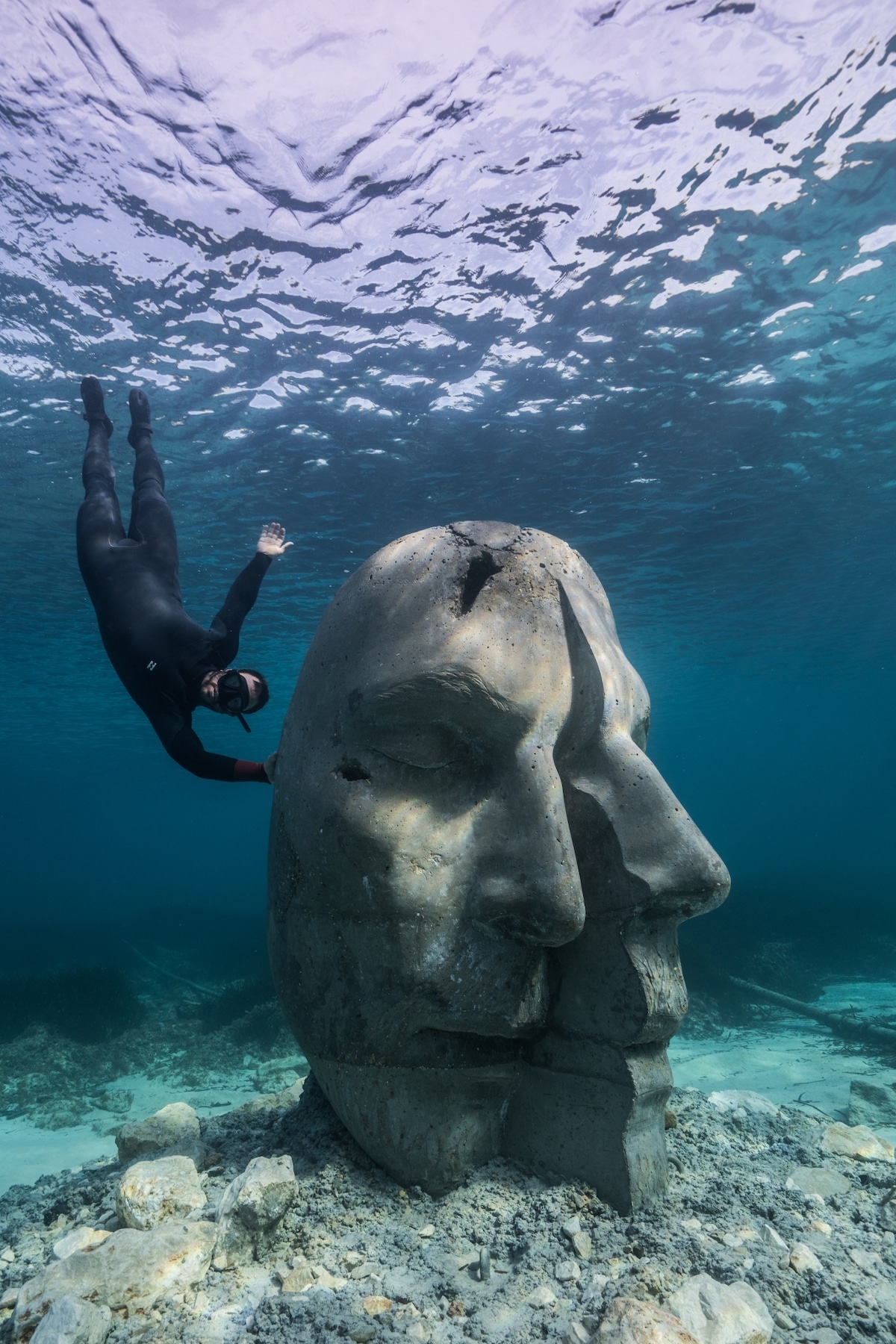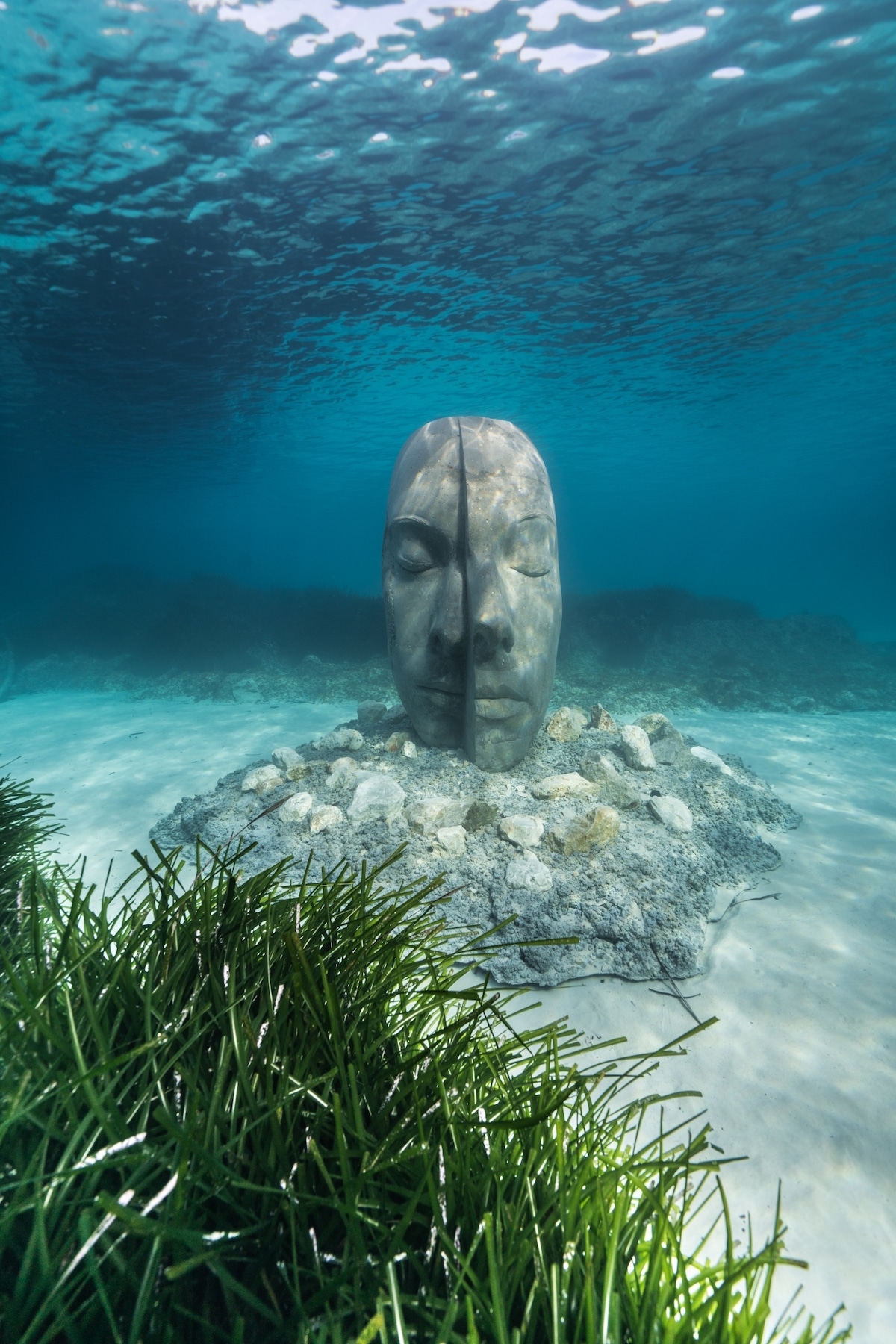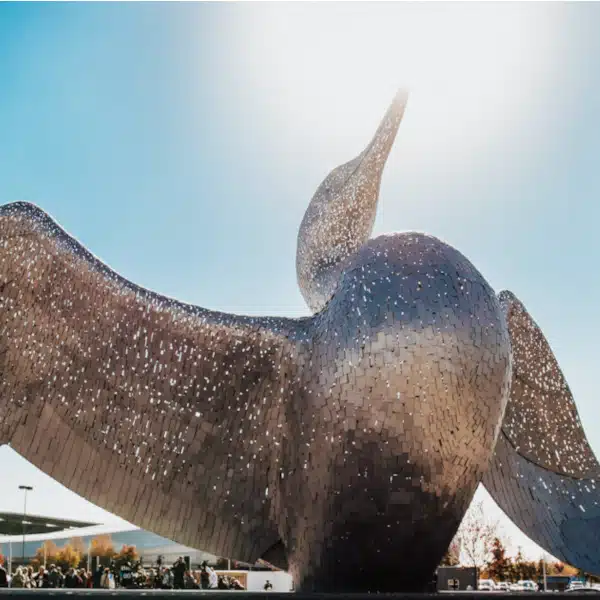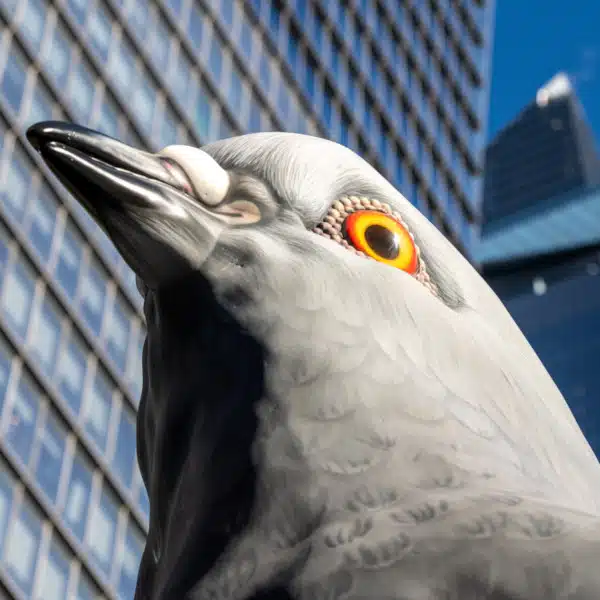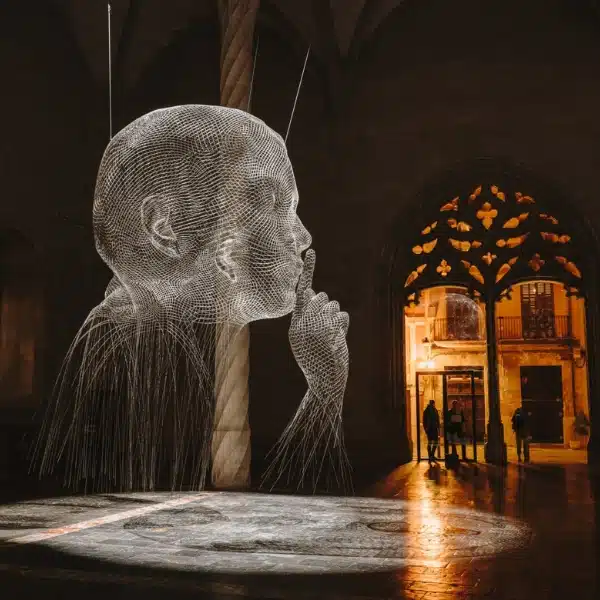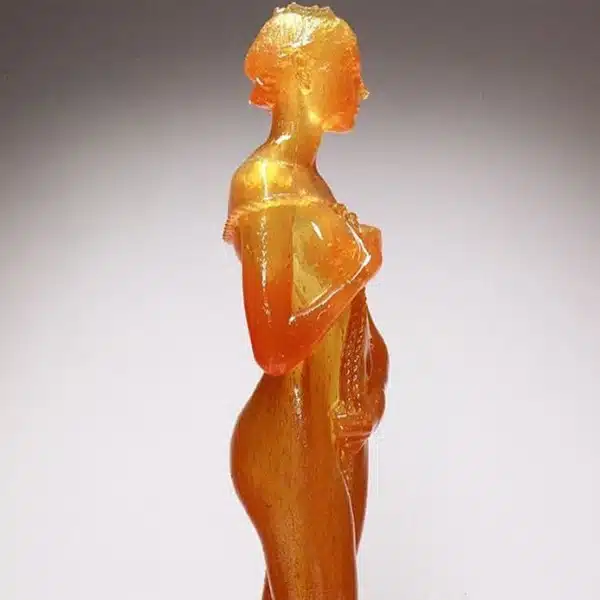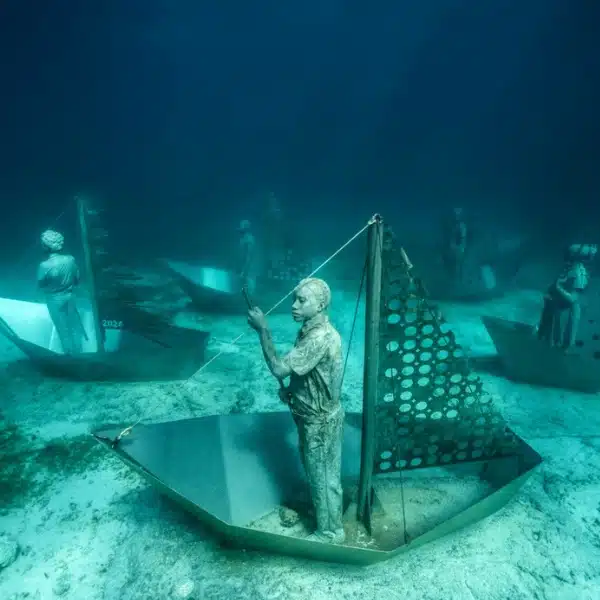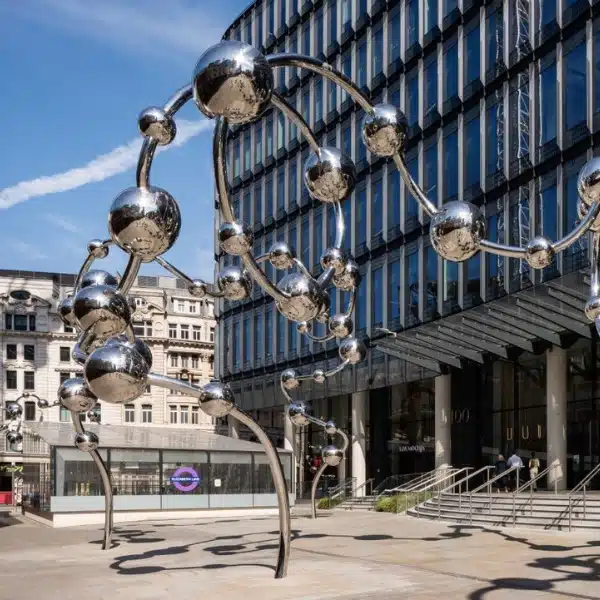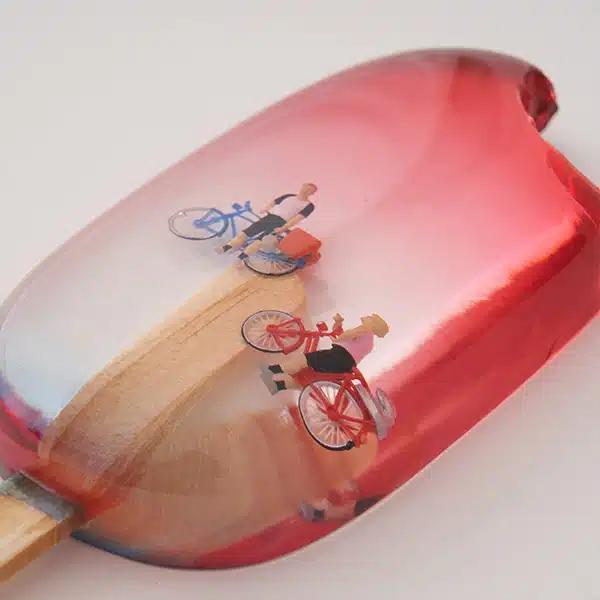
British sculptor Jason deCaires Taylor uses his artistic practice to help conserve our environment. More specifically, his sculptures protect and provide refuge for marine life in the form of innovative underwater museums. Taylor's latest endeavor is the underwater Cannes Museum that features six monumental faces wearing masks. At over six feet tall, each sculpture towers above visiting divers while working to preserve the surrounding Posidonia oceanica seagrass meadows.
Aside from creating an interesting new diving spot, the Cannes Museum project cleared debris from the protected areas of Sainte-Marguerite island and may help to attract future flora and fauna. Initial steps included the removal of old boat engines, pipes, and other human-made debris.
After the cleanup, Taylor’s focus was not only to mediate problems caused by humans but to leave the area better than it was before. The structures were designed to highlight the critical Posidonia seagrass meadows as an important ecosystem. They are placed in open areas of white sand between pockets of meadow. As a result, boats are no longer allowed to anchor near the museum, preventing further damage or build-up of debris near this ecosystem.
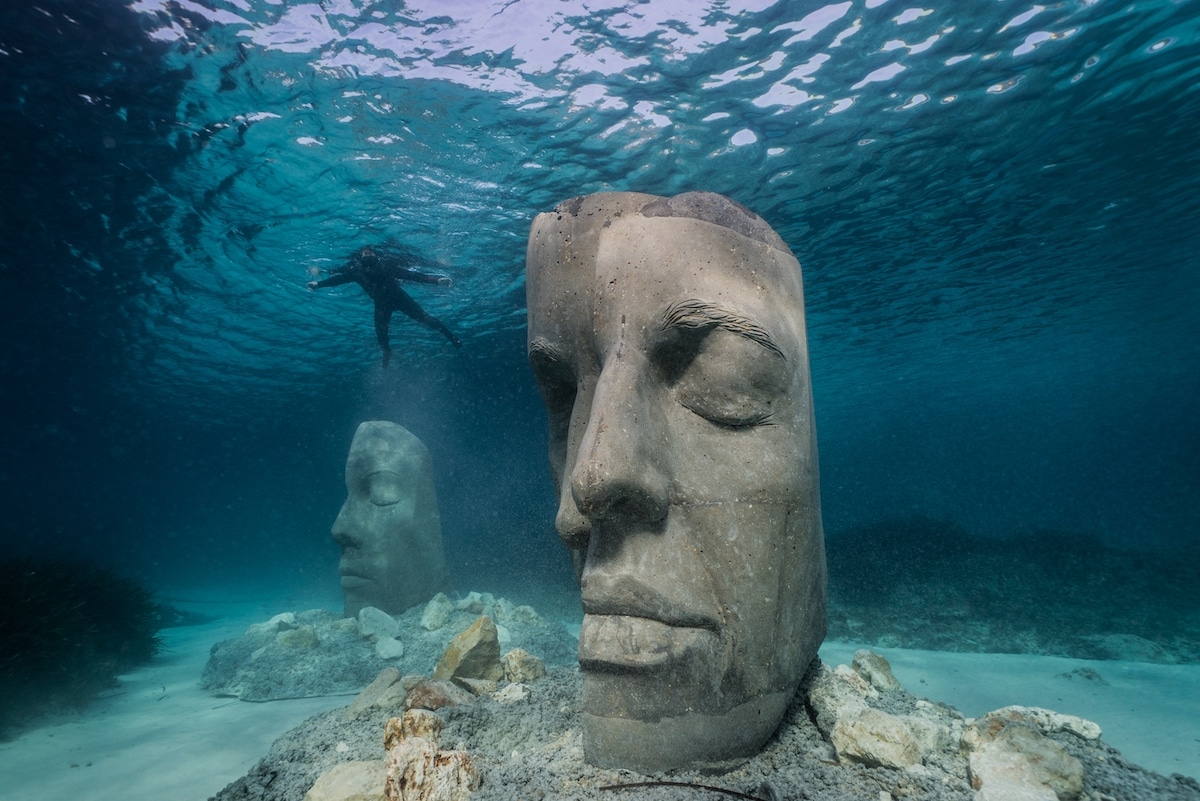
Taylor works to meet the needs of each underwater site with PH-neutral materials and careful placement, so it is only fitting that his works also tell a story about their home. In the Cannes Museum, the masks talk about the history and culture of Île Sainte-Marguerite. The island was, at one point, the home of the Man in the Iron Mask—a mysterious prisoner who inspired legends and popular films. The masks also represent the duality of the ocean—on one hand, strong and unbreakable, on the other fragile from human degradation. Each face is based on a portrait of local people of all ages, making the project even more personal to Île Sainte-Marguerite.
The Cannes Underwater Museum is a great example that often, you don't have to look far for amazing ocean landscapes. “I think many people have the misconception that the most beautiful and fragile part of our oceans is coral reefs,” he explains to My Modern Met, “whereas some of the most spectacular and unique waterways we have are sometimes right on our doorstep.”
If you would like to hear more about his work and art’s ability to influence the environment in meaningful ways, check out our talk with Taylor on the Top Artist podcast. We chat about the highlights of his career and the environmental impact of his art.
Jason deCaires Taylor submerged six monumental mask sculptures as part of the underwater Cannes Museum.
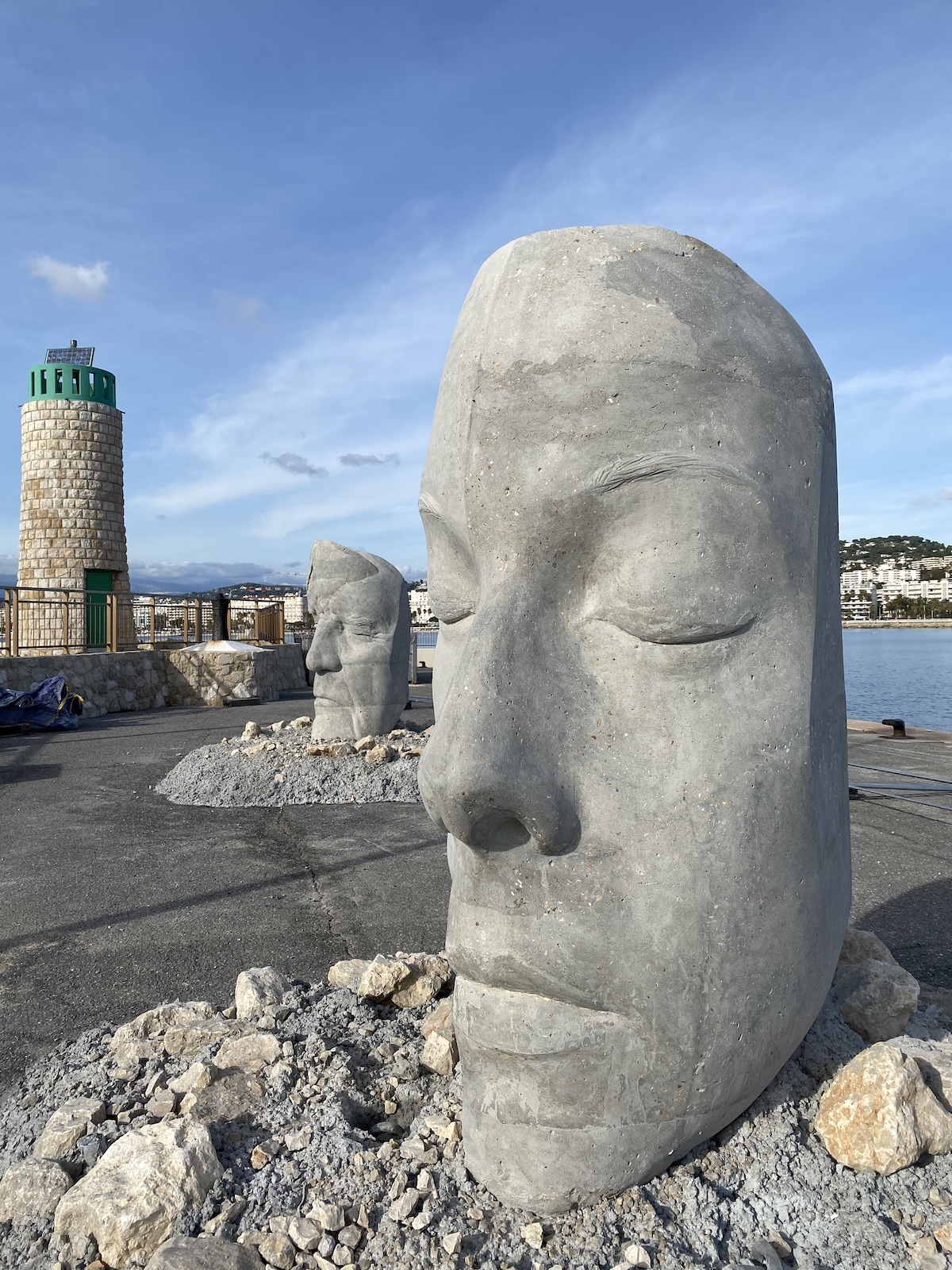
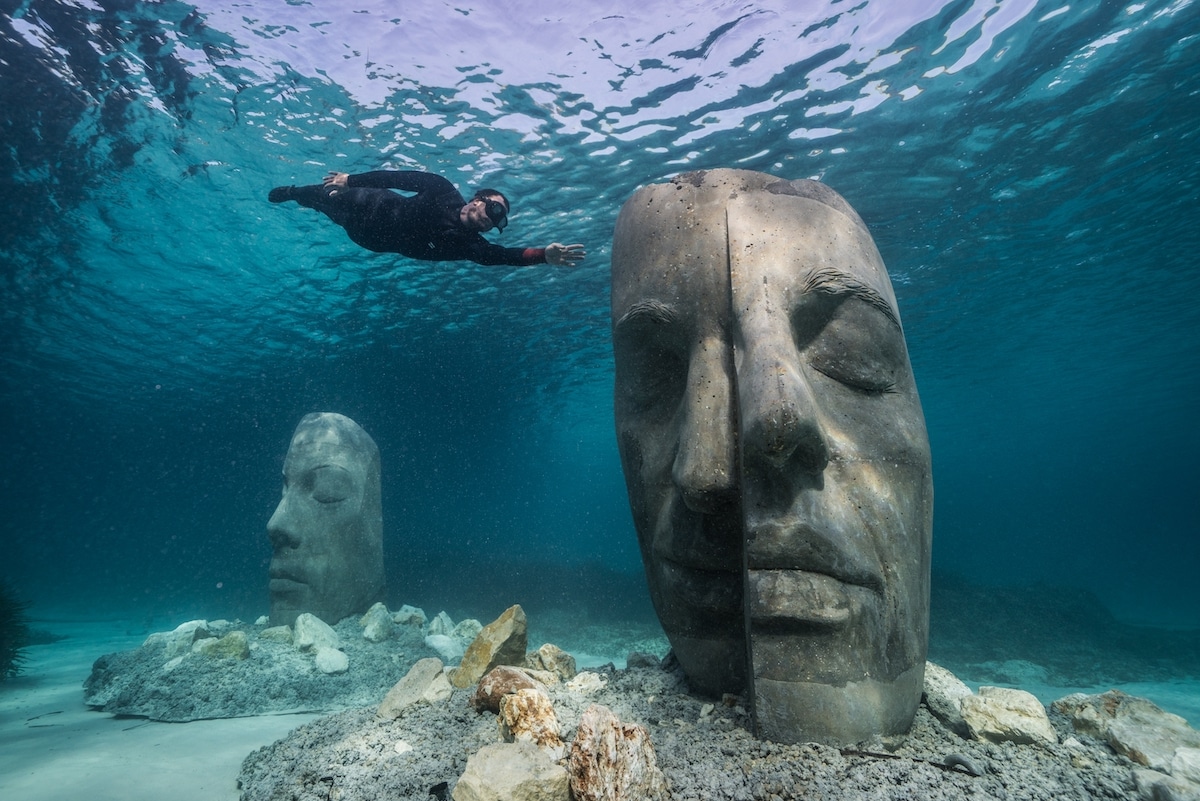
Taylor uses his artistic practice to serve the environment—more specifically, his sculptures protect and provide refuge for underwater life.
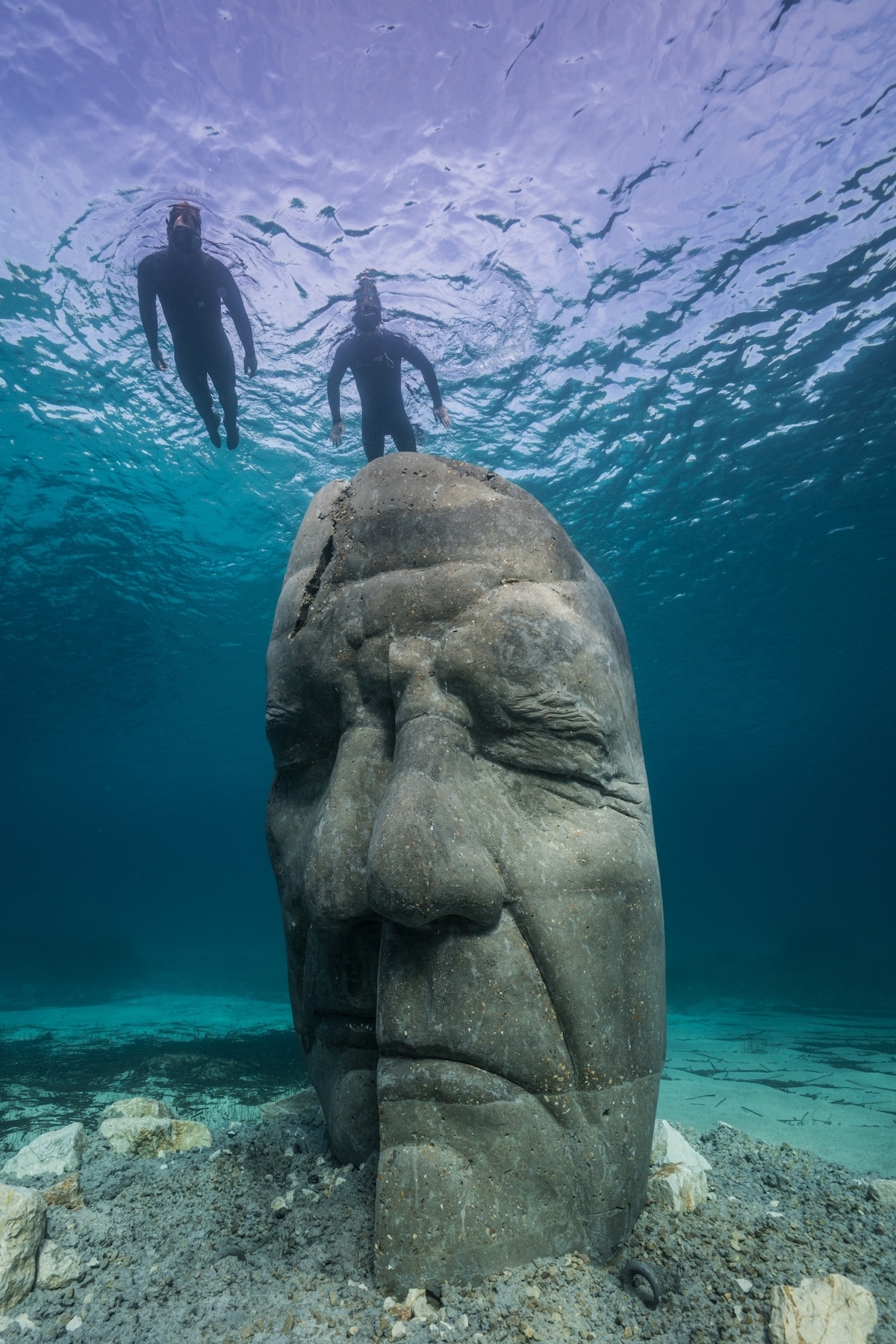
If you would like to hear more about his work and art’s ability to influence the environment, check out our talk with Taylor on the Top Artist podcast.
